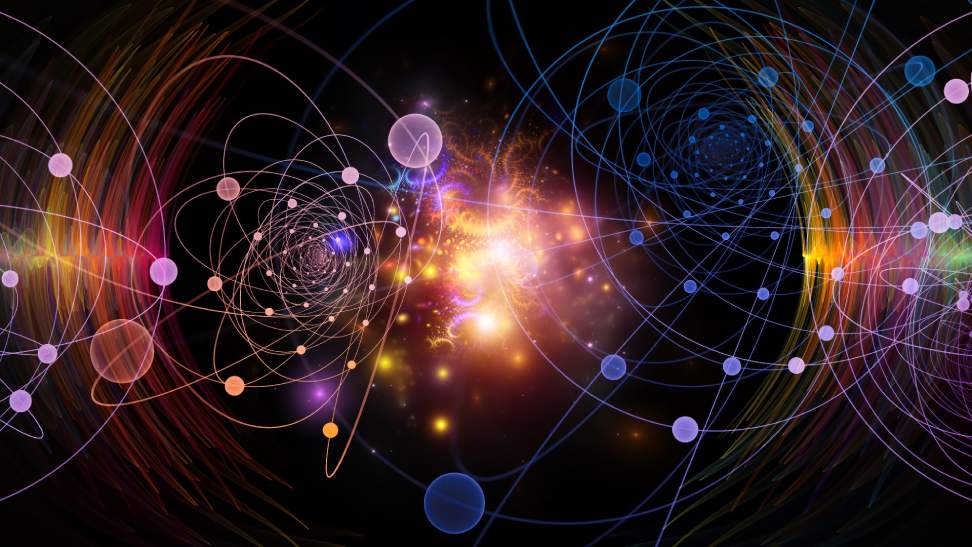Peterexch, Dhoombet, Go999exch: Quantum physics is a fundamental branch of physics that explores the behavior of matter and energy at extremely small scales. At the quantum level, the traditional laws of physics seem to break down, giving rise to a whole new set of rules that govern the behavior of particles. These rules are described by the principles of quantum mechanics, which provide a framework for understanding the behavior of particles such as electrons and photons.
One of the key concepts in quantum physics is superposition, which suggests that particles can exist in multiple states simultaneously until they are observed or measured. This idea challenges our intuitive understanding of the world around us, where we typically think of objects as existing in only one state at a time. In addition to superposition, quantum physics also introduces the concept of entanglement, where particles become interconnected in such a way that the state of one particle can instantly influence the state of another, regardless of the distance between them.
Historical Development of Quantum Theory
Quantum theory originated in the early 20th century, revolutionizing the field of physics and challenging the classical understanding of the physical world. Max Planck’s introduction of the concept of quantized energy in 1900 paved the way for further advancements in the field. Following Planck’s work, Albert Einstein’s research on the photoelectric effect in 1905 further contributed to the development of quantum theory, highlighting the wave-particle duality of light.
In 1925, the formulation of quantum mechanics by Werner Heisenberg and Erwin Schr�dinger marked a significant milestone in the historical development of quantum theory. Heisenberg’s matrix mechanics and Schr�dinger’s wave mechanics provided a mathematical framework for understanding the behavior of subatomic particles. This theoretical framework laid the foundation for future discoveries in the field of quantum physics, leading to advancements in technology and our overall comprehension of the universe.
Wave-Particle Duality
Fun999exch, Goldbet7, Exch247: Wave-Particle Duality refers to the fundamental concept in quantum physics where particles exhibit both wave-like and particle-like behavior. This concept challenges the classical Newtonian physics view that particles are either particles or waves. The famous double-slit experiment demonstrated this duality, showing that particles such as electrons can exhibit wave interference patterns when not observed, but act as particles when observed.
This duality is captured in the wave function, a mathematical representation that describes the probability of finding a particle at a certain position. When not observed, the particle exists in a superposition of states, meaning it is in multiple states simultaneously. However, upon observation, the particle collapses into a single state, behaving like a particle with a definite position. This phenomenon has profound implications for the understanding of the quantum world and has led to the development of various interpretations of quantum mechanics.
What is Quantum Physics?
Quantum Physics is the branch of physics that deals with the behavior of particles at the atomic and subatomic level.
Who were some key figures in the historical development of Quantum Theory?
Some key figures in the historical development of Quantum Theory include Max Planck, Albert Einstein, Niels Bohr, and Erwin Schr�dinger.
What is Wave-Particle Duality?
Wave-Particle Duality is the concept in quantum physics that particles, such as electrons and photons, can exhibit both wave-like and particle-like properties.
How does Wave-Particle Duality challenge traditional physics?
Wave-Particle Duality challenges traditional physics by showing that particles can exhibit behaviors that are not easily explained by classical physics, such as interference patterns and diffraction.
Why is Wave-Particle Duality important in understanding the behavior of particles at the quantum level?
Wave-Particle Duality is important in understanding the behavior of particles at the quantum level because it helps explain phenomena such as the double-slit experiment and the uncertainty principle.
Are there any practical applications of Wave-Particle Duality?
Yes, Wave-Particle Duality has practical applications in various technologies, such as in the development of quantum computers and in the field of quantum cryptography.

